
Students who participated in state and local elections on Nov. 5 might have been plagued with thoughts of the Supreme Court’s recent ruling on the Voting Rights Act of 1965.
This past June, the Supreme Court voted to overturn Section 4 of the Voting Rights Act.
This section is the formula that the government goes by for deciding which states need to be monitored on their voting policies.
Section 5 has no significance without section 4. Section 5 says that certain jurisdictions with a history of voter discrimination have to gain permission from the federal government before changing their voting regulations.
When the Voting Rights Act was first put into effect in 1965 its main purpose was to prevent voter discrimination during the Civil Rights era.
During that time period, states in the South enacted several practices and requirements, such as gerrymandering and literacy tests, to make sure that African Americans could not influence or sway elections.
The Supreme Court’s decision to remove Section 4 was based on the current state of the country.
Throughout the years, the United States has made progress with preventing voter discrimination.
The country currently has an African American president and other minorities hold high positions in public offices.
Although the country has made progress, voter discrimination still takes place. Why change the Voting Rights Act when it is working just fine?
Try looking at the situation from a different perspective. Think of voter discrimination as being an illness, like the flu, and make the Voting Rights Act the medicine for the sickness.
As the medication is taken, the flu starts to clear up. With each dose of medicine, the illness continues to improve.
Since the body is making progress, the medication is supposedly no longer needed. However, if medication is stopped too soon, there is a chance that the illness will gradually return.
Little by little, the discrimination the Voting Rights Act tried so hard to fight off may come back. The progress the nation has made might slowly undo itself.

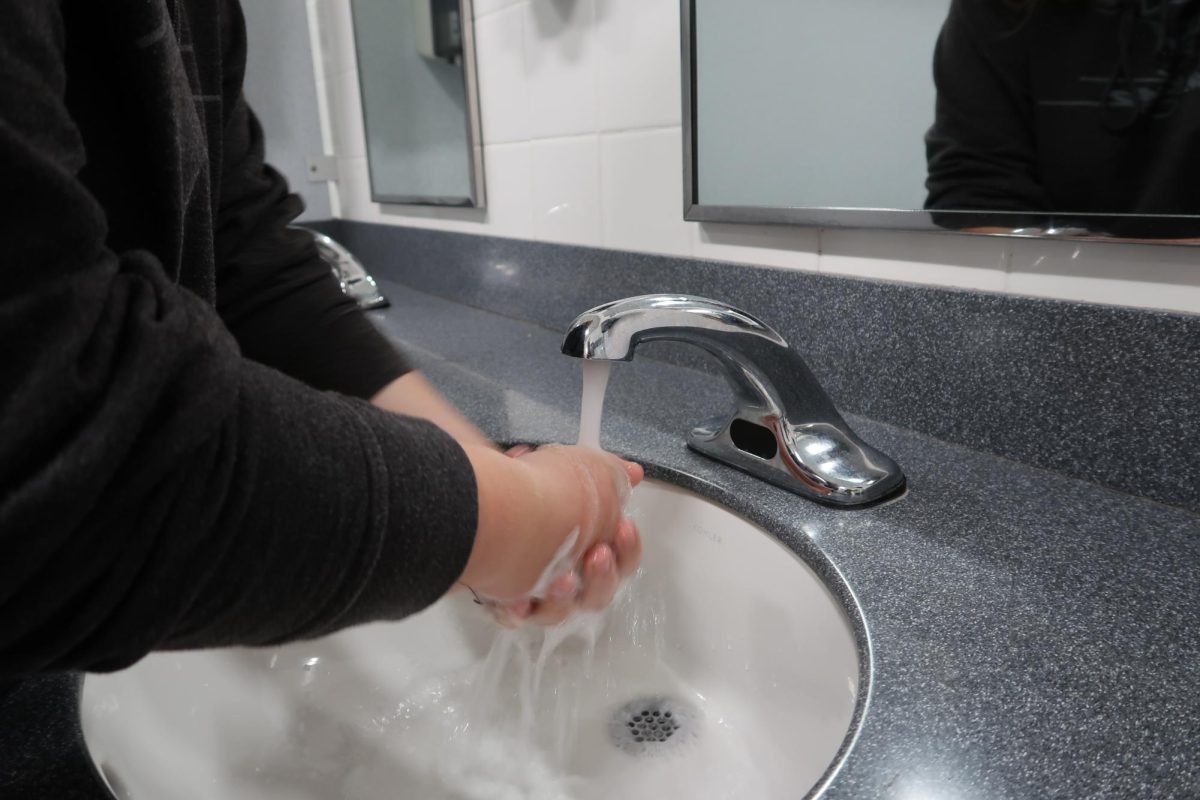

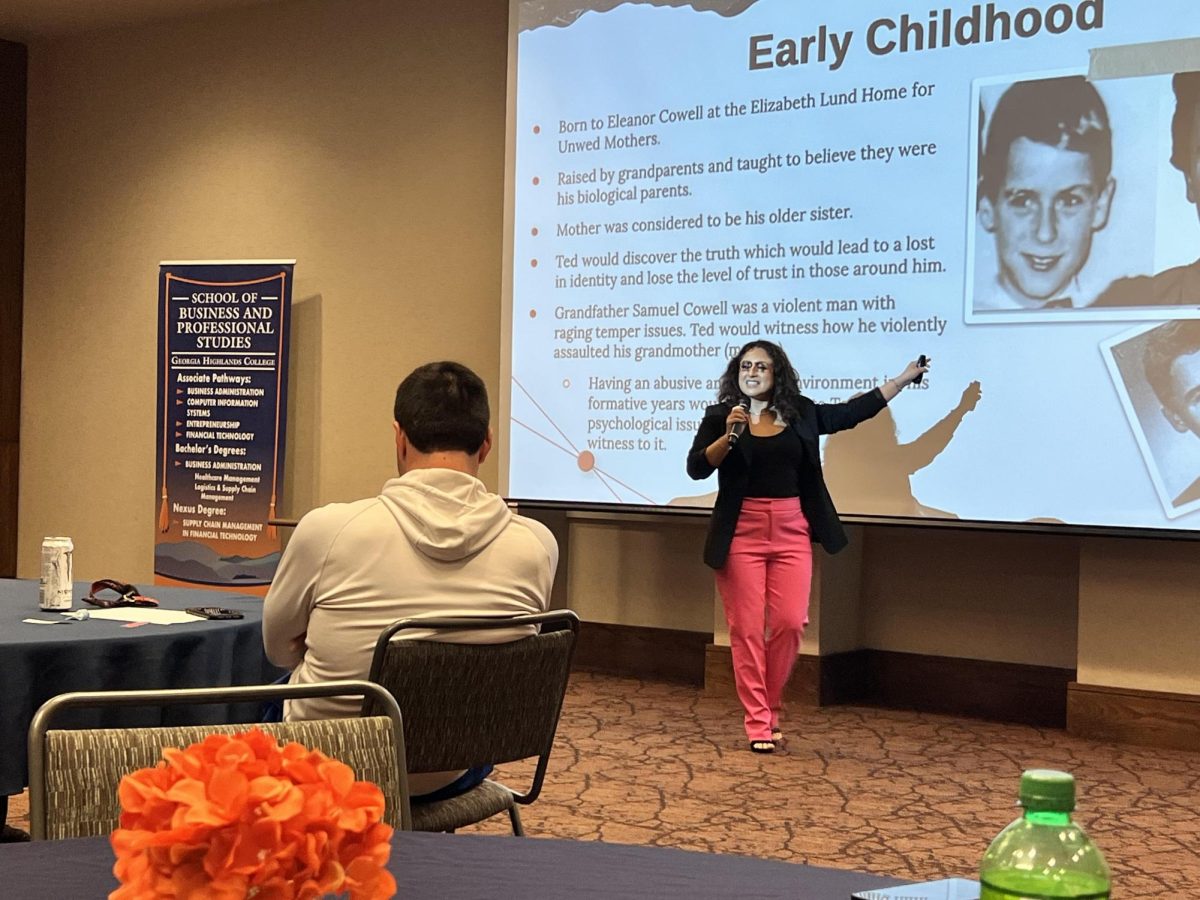
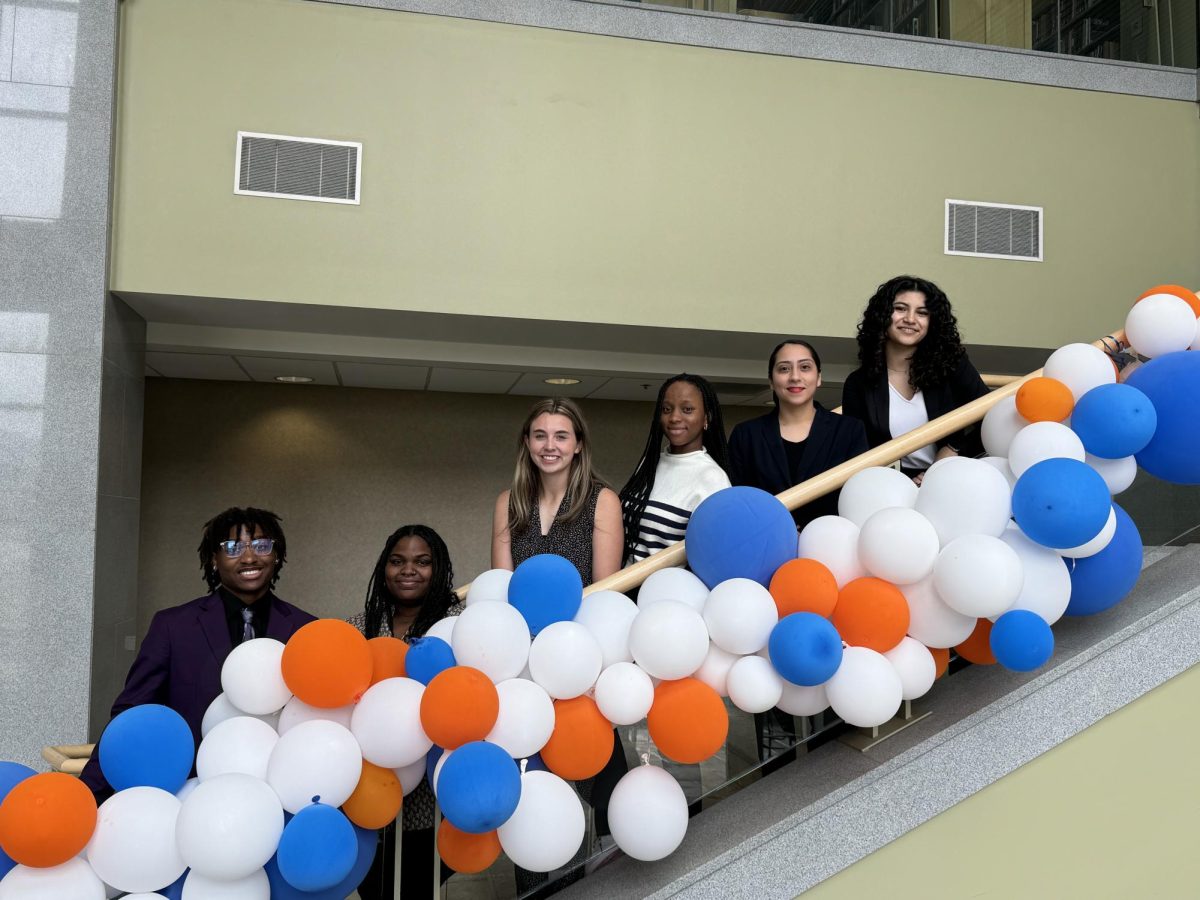

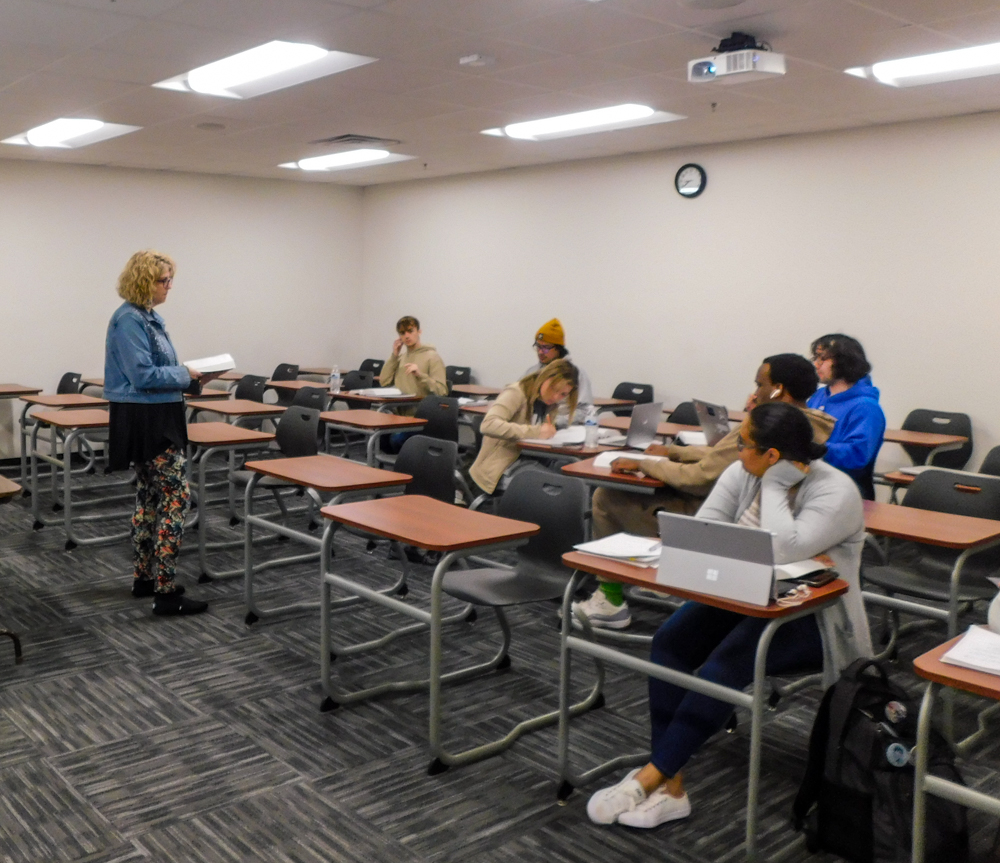

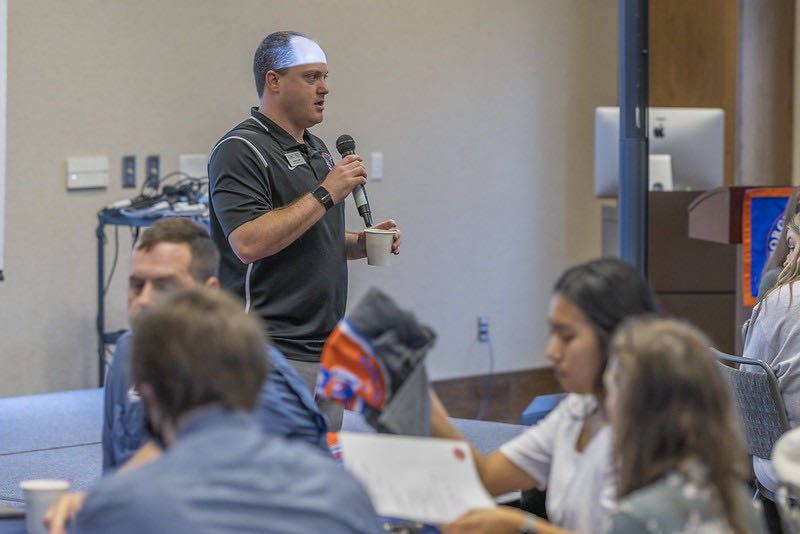
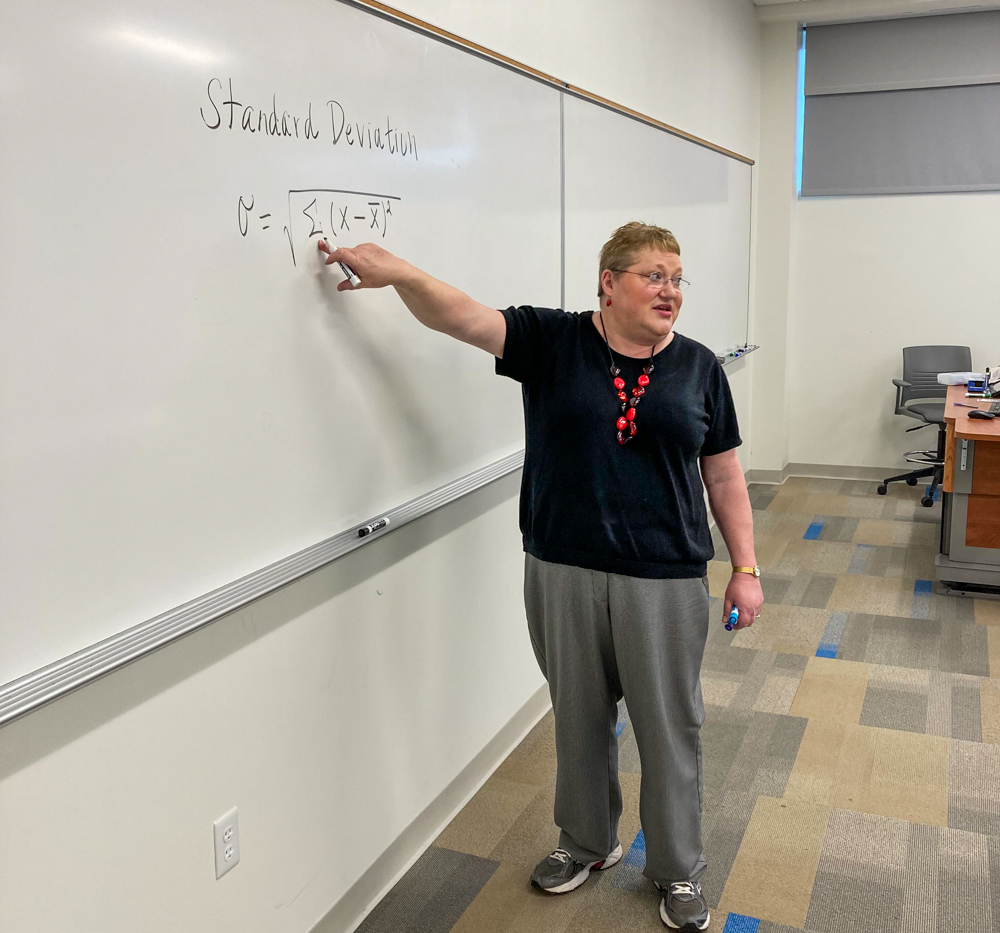

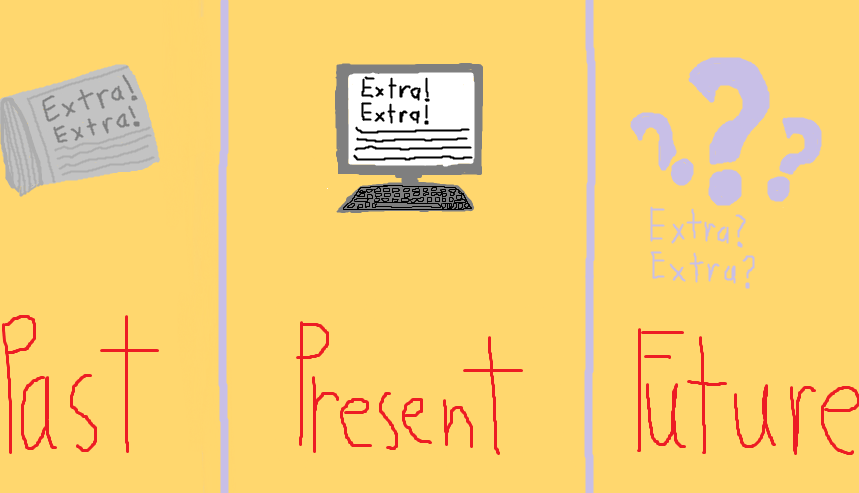


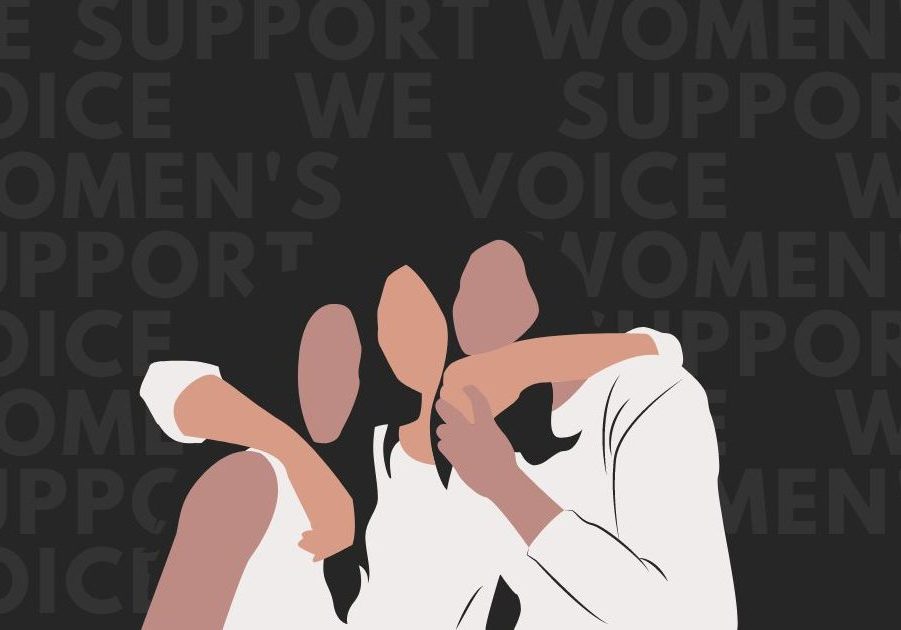
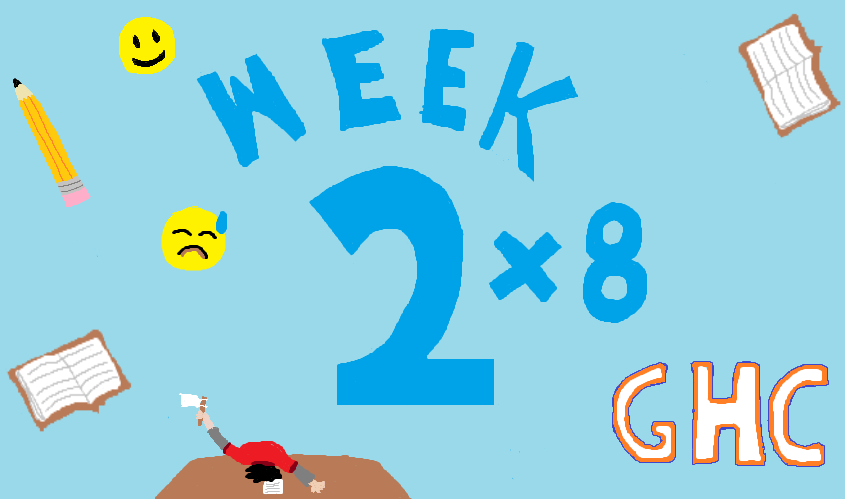
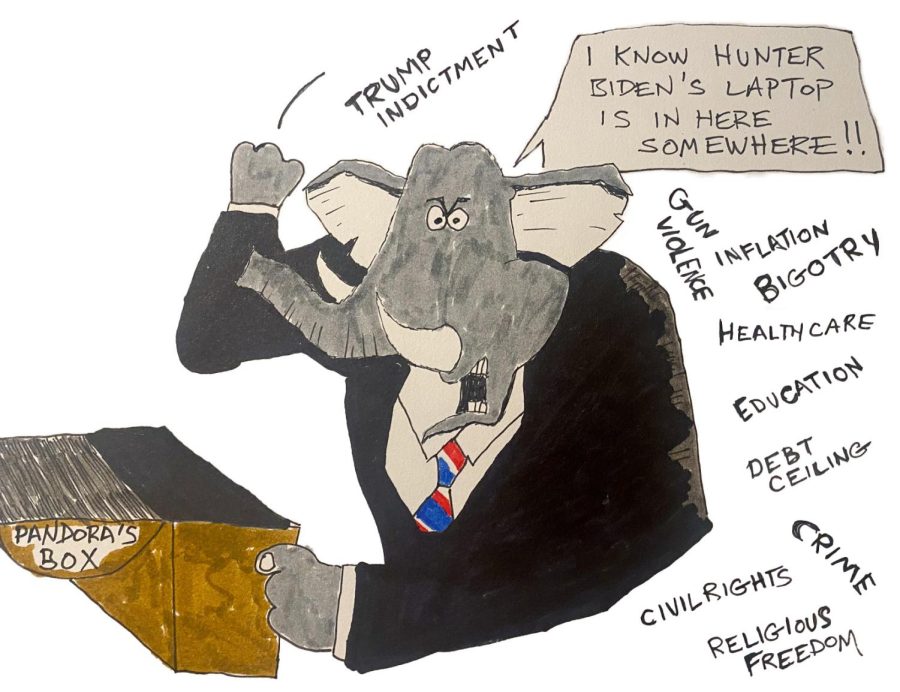

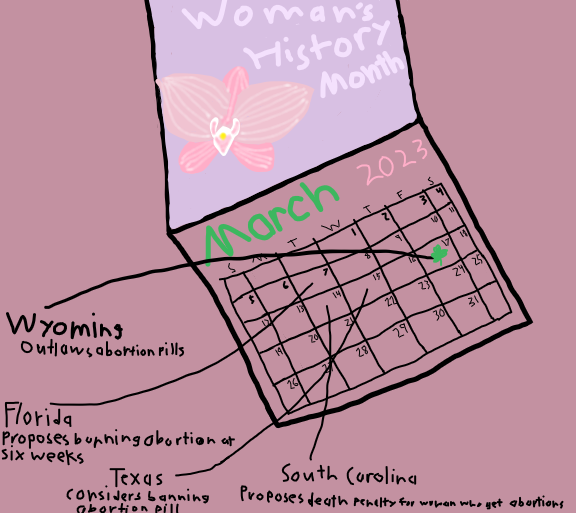

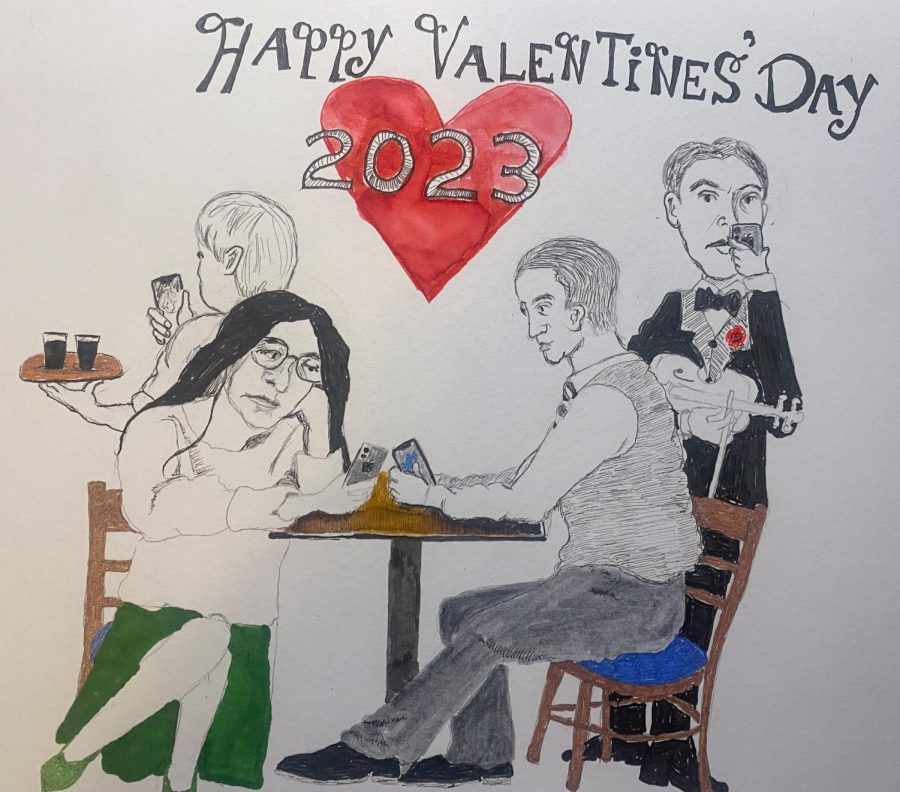


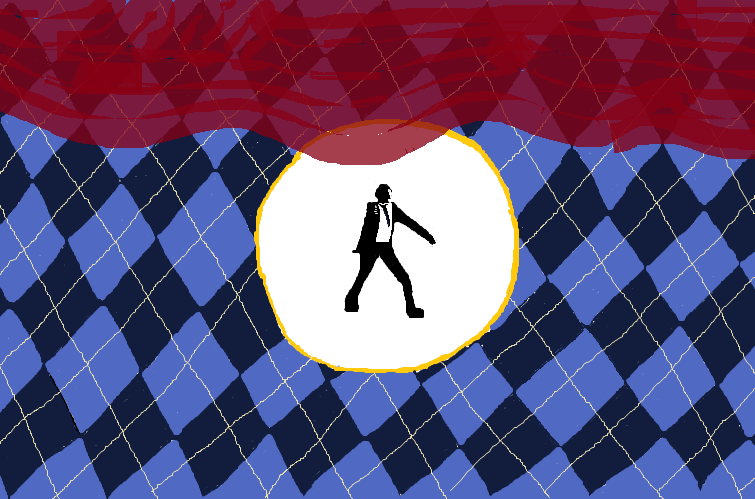
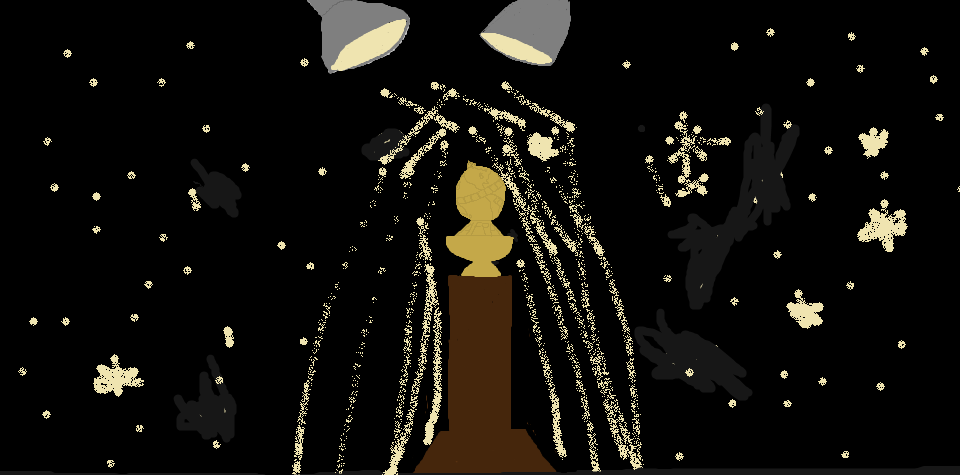




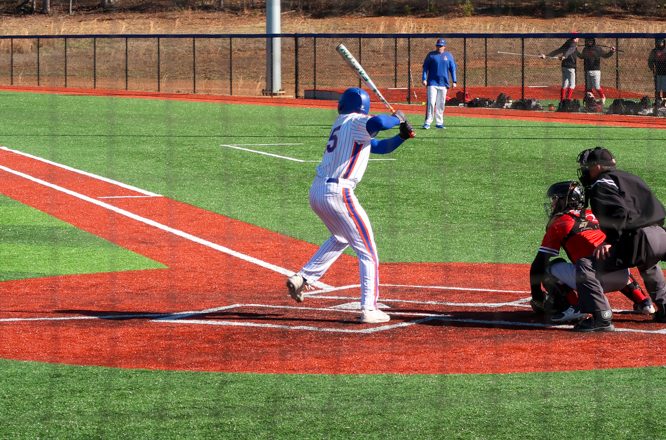











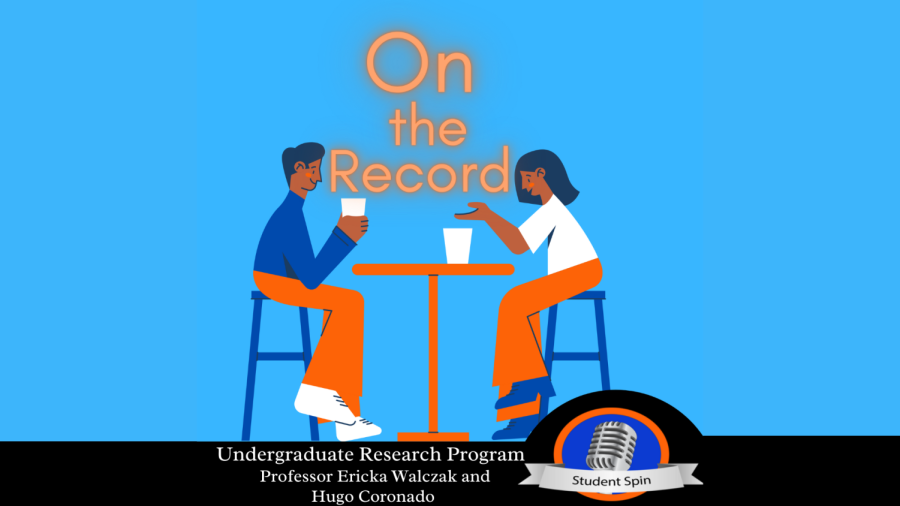
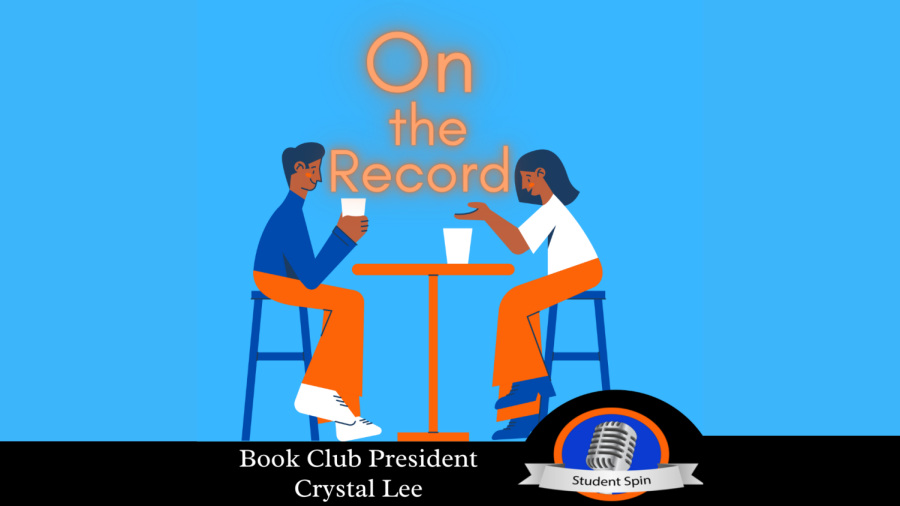
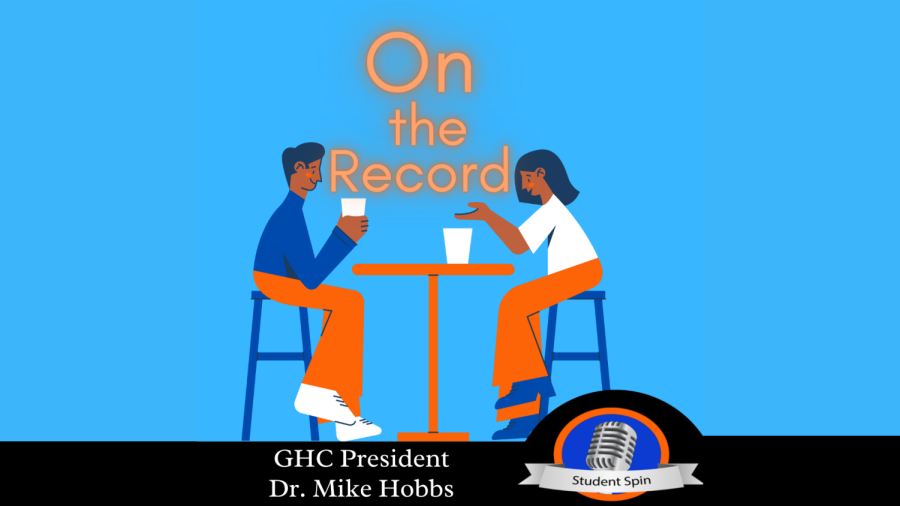













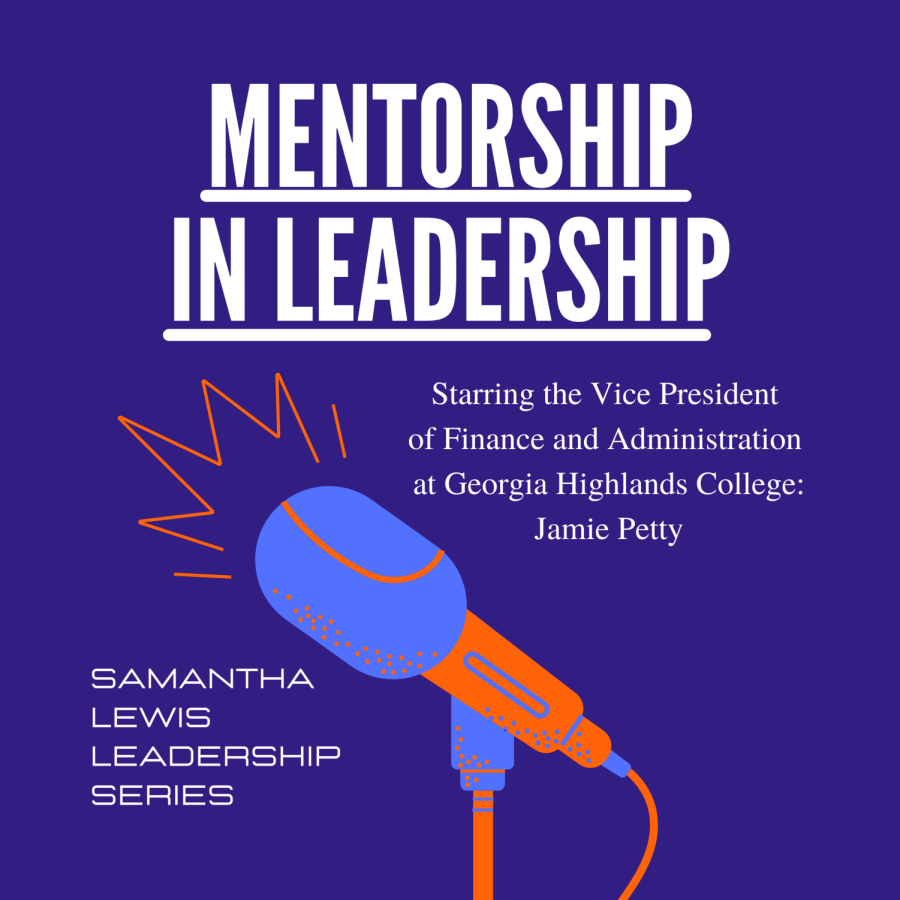
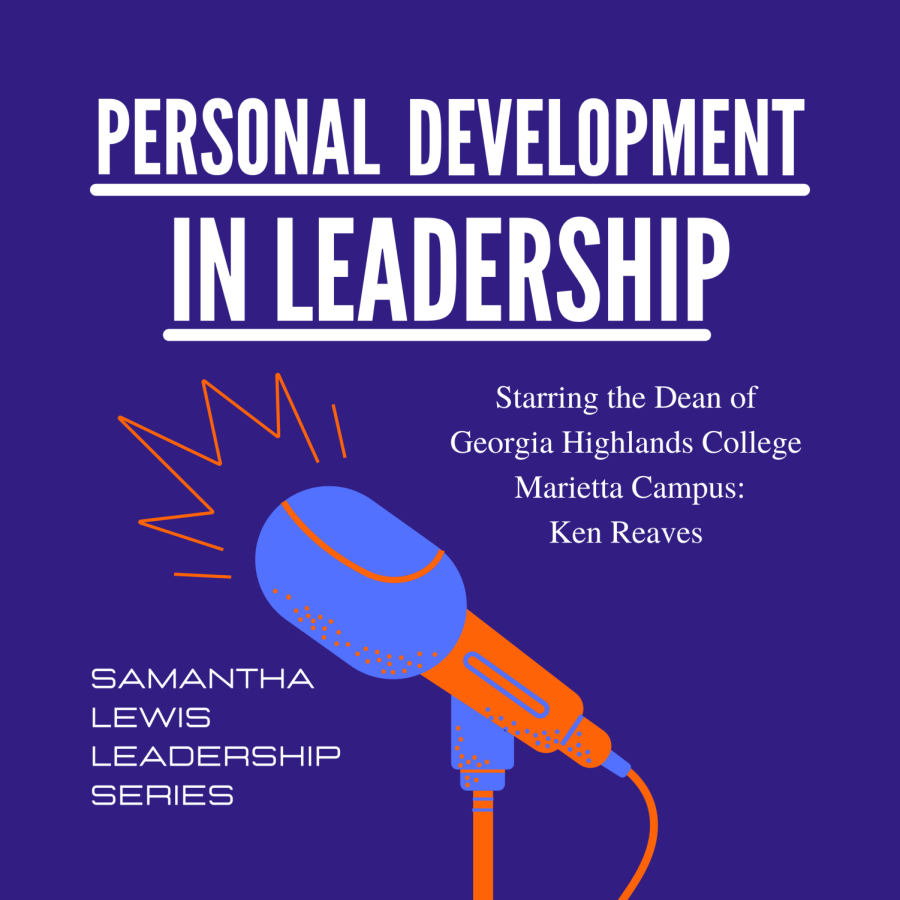
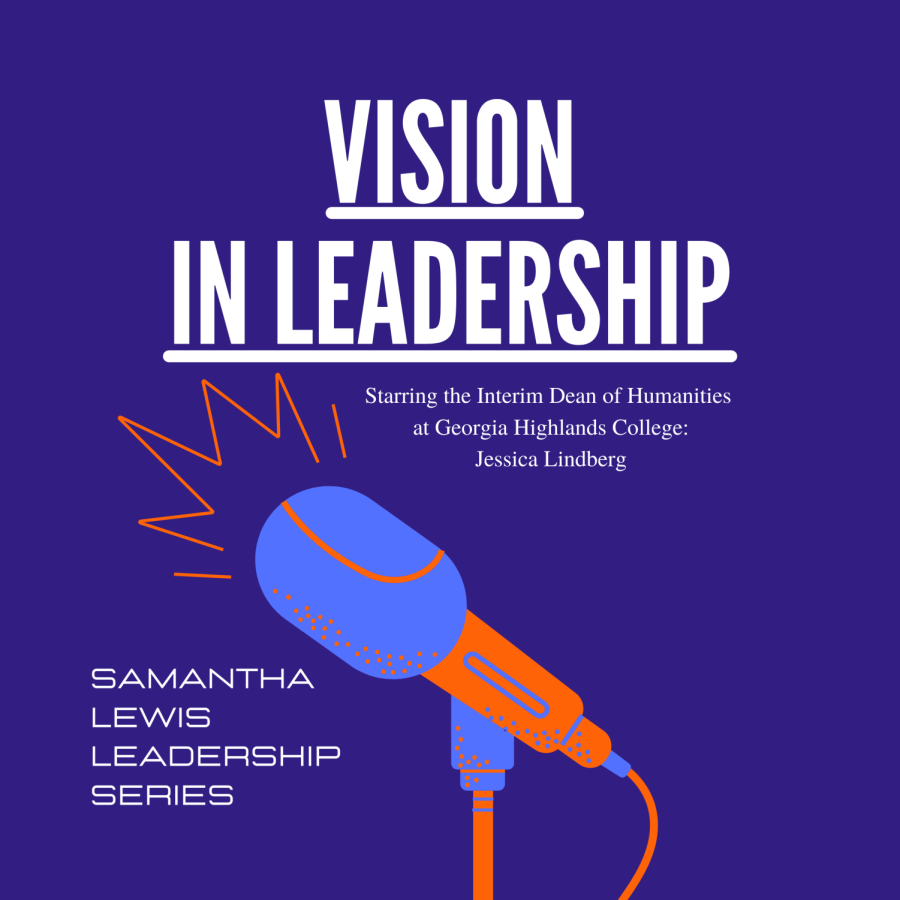
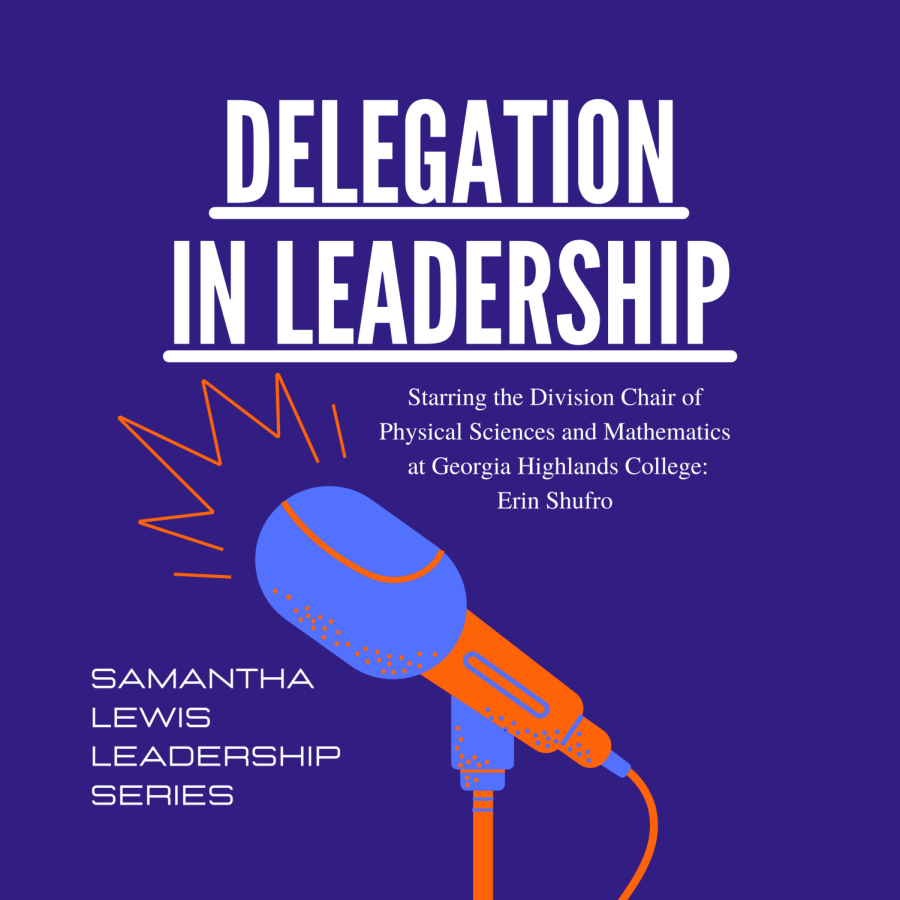
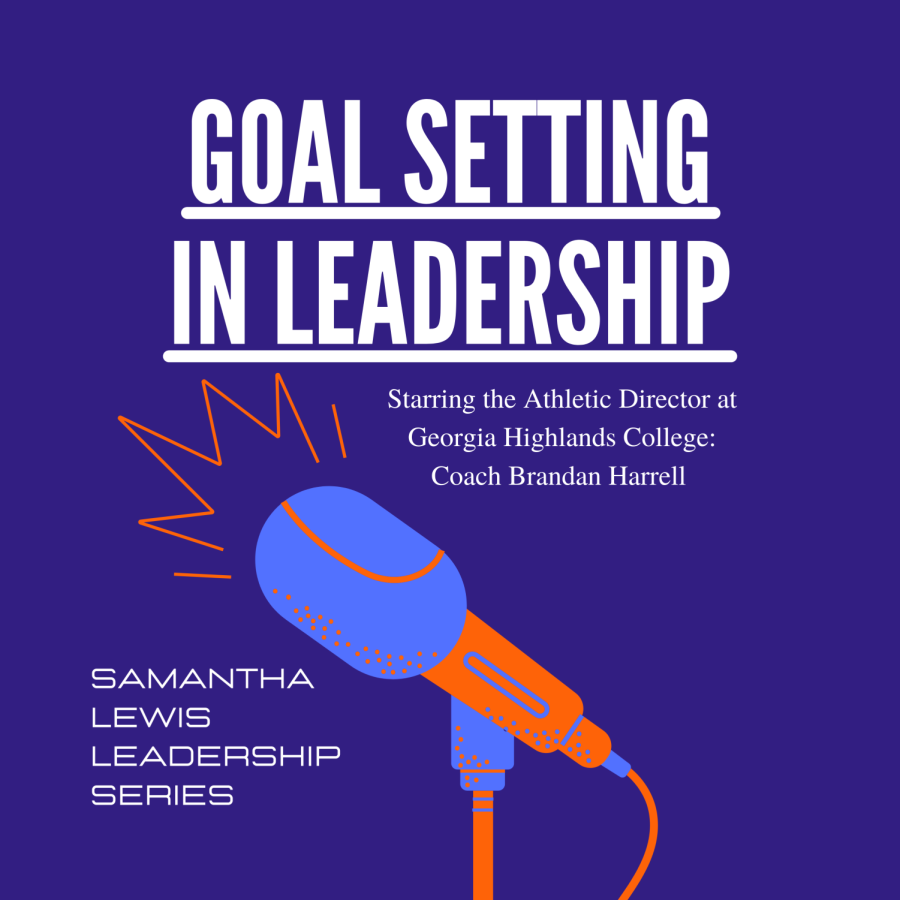







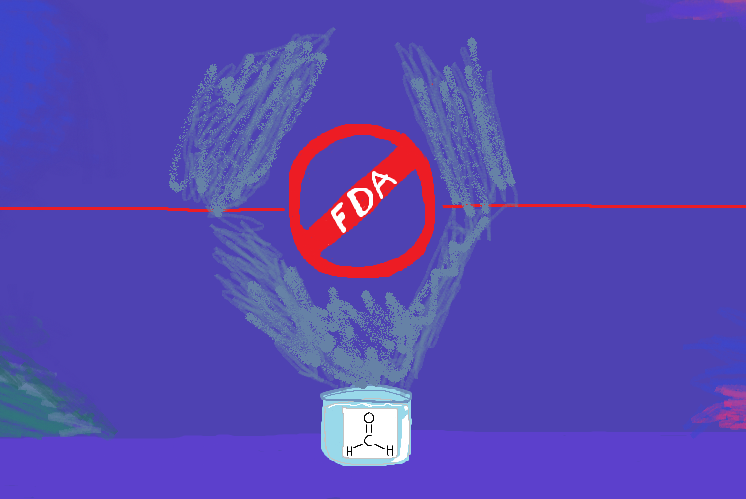
Ashley Morgan • Nov 25, 2013 at 10:00 am
You stated yourself that the problem MAY come back. A lot of things MAY happen. Actually whites have become the minority in this country and African Americans MAY discriminate against whites. However, you don’t see this going up against the Supreme Court. They got rid of the Act because of the progress we have made that it is really irrelevant to spend the money or man power on focusing on it. With so many African Americans in higher positions if the progress begins to reverse I am sure they will re-enact the act, but as for now it is just a waste of money to monitor it.